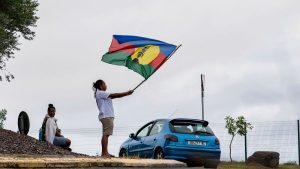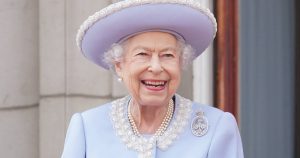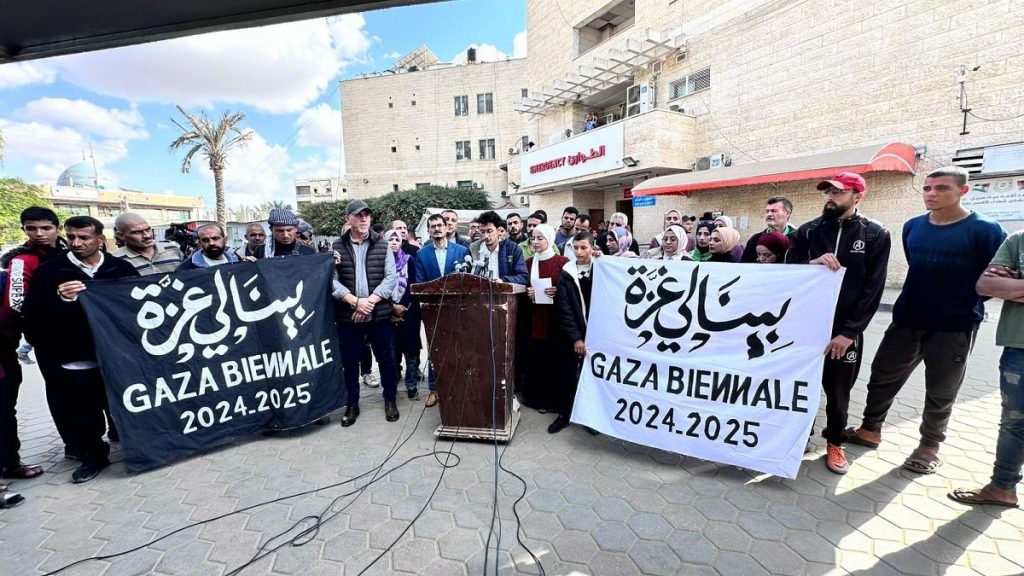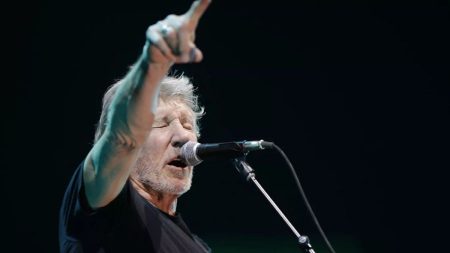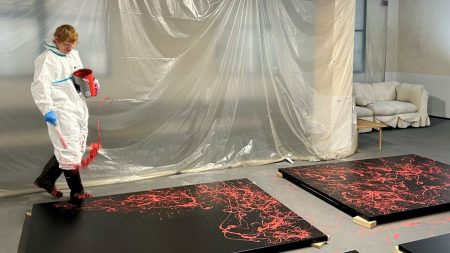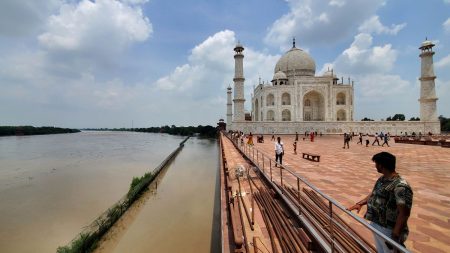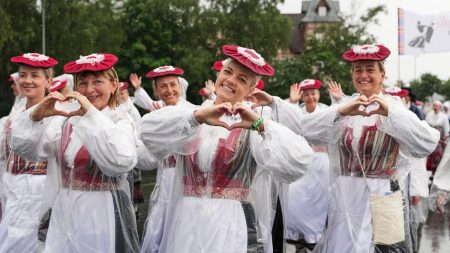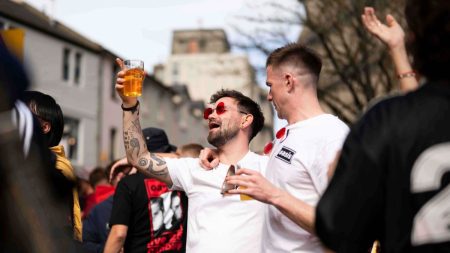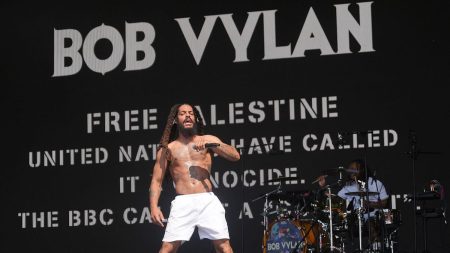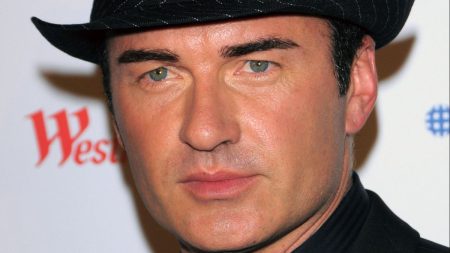In a bold response to the ongoing military assaults in Gaza, a group of Palestinian artists has initiated the “Gaza Biennale,” a project aimed at showcasing their art both locally and internationally. This artistic endeavor is not merely an exhibition; it serves as an act of resistance against oppression and a celebration of Palestinian identity amidst a landscape of trauma. Despite the severe restrictions on movement imposed by the Israeli blockade, which complicates efforts to transport their works beyond Gaza’s borders, over 40 artists are committed to this collective effort. They believe that the act of creating and sharing art is a powerful statement that transcends the physical challenges they face.
The initiative seeks to highlight the resilience of Palestinian art in a time of crisis, affirming that their creativity can “pierce through all besieged spaces.” As some artists managed to escape to Egypt early in the conflict, others remain in Gaza, exploring various methods to share their work with the international community. These methods include collaboration with aid workers who occasionally cross the border, as well as the use of digital platforms to transmit their artworks in the form of images and videos. Some artists in Gaza are also teaming up with counterparts in the West Bank to recreate their pieces remotely, illustrating a spirit of collaboration that underscores their commitment to unity and resistance.
The term “biennale” traditionally refers to a significant international art event that occurs every two years, often showcasing the work of renowned artists from around the globe. By coining their event with this designation, the Gaza artists aspire to position themselves on the world stage and assert that their stories and struggles are equally relevant. One of the initiative’s leaders, a young artist from Khan Younis, emphasizes that the notable artists of today are, in fact, the artists of Gaza. This declaration not only asserts their importance but also serves as a declaration of intent: that the artistic community in Gaza will endure and thrive, irrespective of external circumstances.
The manifesto that underpins the Gaza Biennale characterizes this event as an “urgent and exceptional” opportunity to step outside established exhibition norms. It conveys the realities faced by the artists, stating that their work reflects the broader struggle of the Palestinian people for survival and dignity. Rufaida Sehwail, an artist who lost her home and a substantial body of work to bombardment, articulates the deeper significance of their art. For her and others, engaging in art is not merely an act of creativity; it is an assertion of life and identity in the face of efforts to erase them. The Biennale, therefore, transforms into a critical narrative of hope, resilience, and cultural endurance.
While the launch of the Gaza Biennale is still in its infant stages, challenges abound. The ongoing military conflict, compounded by logistical and bureaucratic hurdles, raises questions about how artworks can be successfully delivered to international galleries. Nonetheless, Shatat, another artist involved in the Biennale, expresses optimism about the potential impact of their work. She believes that despite the barriers and limitations, their art will eventually break through, gaining visibility and recognition on a global scale. Shatat’s confidence underscores a collective determination among the artists to ensure their voices are heard, using art as a vehicle to transcend physical boundaries.
To bolster this effort, the team behind the Gaza Biennale is actively seeking support from international galleries and launching a crowdfunding campaign. This financial backing will not only aid in the logistics of transporting their work but will also elevate awareness of the situation in Gaza. By enabling artists to share their experiences, emotions, and visions with a broader audience, the Biennale aims to reshape perceptions surrounding Palestinian art and culture. Ultimately, this initiative stands as a testament to the enduring power of creativity in the face of adversity, and the artists of Gaza are resolute in their commitment to ensuring that their stories are told, no matter the challenges they encounter.
